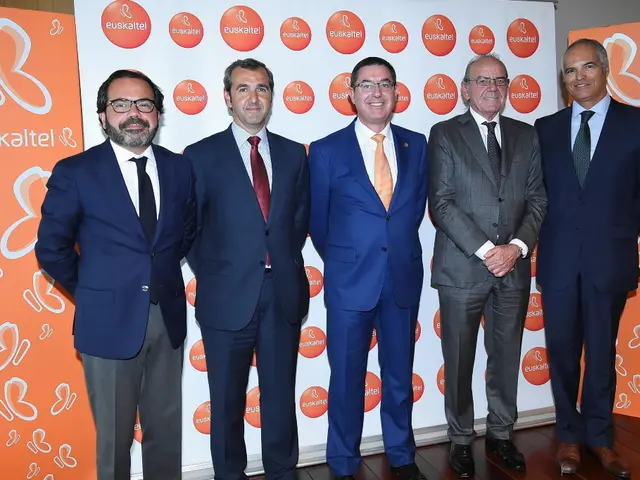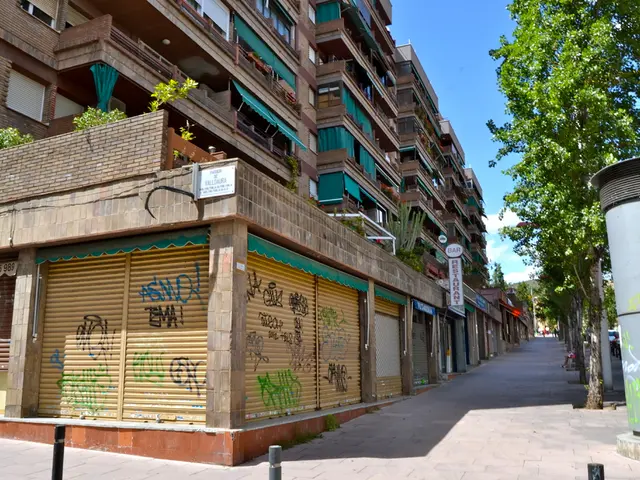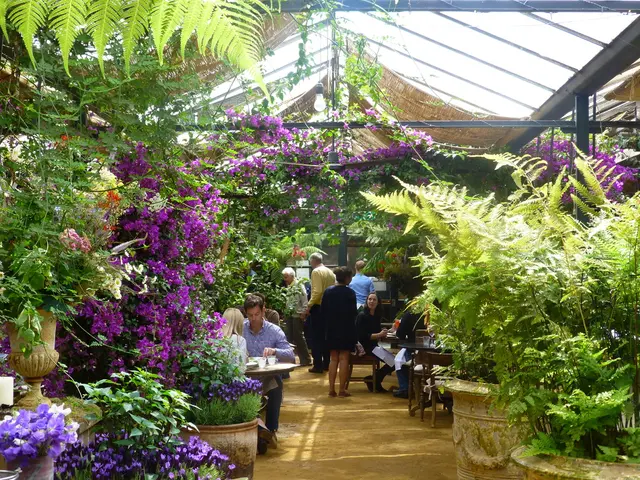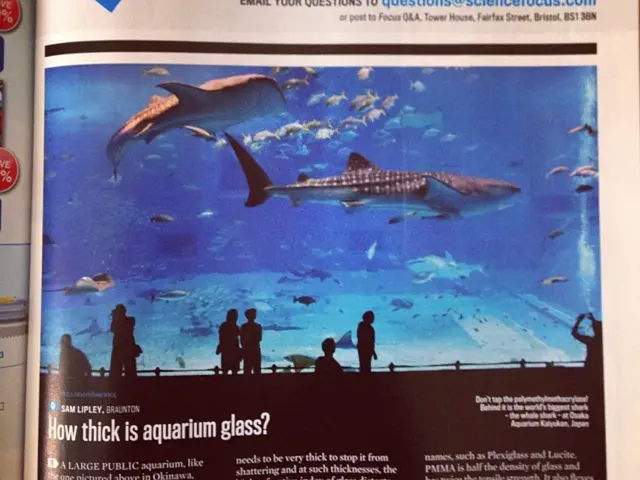Exploring Bottega Veneta's subtly revolutionary cultural impact over the years
Ready for a fresh take on the Bottega Veneta story? Let's dive into the world of luxury thatesta beyond time, mixes traditional craftsmanship with a modern twist, and dances delightfully on the line of art and fashion.
From the scenic Palladian hills of Vicenza, Italy, Bottega Veneta burst onto the fashion scene in 1966. Born from the hands of local artisans, the brand reveled in a different kind of luxury—one that flaunted elegance through craftsmanship and a bold rejection of flashy logos. They called it quiet luxury, and it would become their signature.
The artisans at Bottega Veneta worked wonders with leather, employing techniques that defied logic and machinery. Missing powerful sewing instruments capable of tackling their delicate hides, they innovated, developing the Intrecciato—an intricate lattice-like weave. Far more than a mere technique, it was a tribute to the beauty of incredibly detail-oriented work and an emblem of the brand's ethos: luxury without excess.
Steeped in a deep respect for craftsmanship, Bottega Veneta's cultural initiatives shine with the same dedication. Long before brand philanthropy was trendy, the brand lent a helping hand to the restoration of Titian's 'The Penitent Saint Jerome' in Milan—an act born of reverence for posterity rather than publicity. Their commitment to legacy trumping branding set them apart.
Take a leap into the pitch-black gallery of the Leeum Museum of Art in Seoul, and you'll witness this unwavering dedication to artistry in full force. Home to Pierre Huyghe's first solo show in South Korea, the exhibit is a remarkably immersive universe; a melting pot of large-scale video, installations, and even performances.
Without a prescribed route, the exhibit revolves around an ever-shifting terrain of images, matter, and mood: a masked monkey performs strange rituals; an aquarium buzzes with artificial intelligence and crustacean indifference; faceless figures glide through Huyghe's manufactured ecosystems, dressed stylishly in Bottega Veneta apparel. In this cosmos, Bottega Veneta offers a magnificentUnion of elegance and provocation.
The Leeum Museum calls to mind more than just an institutional partner. With its focus on fine metalwork and ceramics, the museum shares a parallel belief in the re-interpretation and reimagining of heritage—an ethos which mirrors Bottega Veneta's approach to craftsmanship.
The museum serves as a reminder of this cross-cultural conversation on the importance of craft. The brand's relationship with the Leeum began in 2023 and has thrived thanks to thoughtful nurturing. This symbiosis lies not in sameness, but in the shared love of heritage and the delicate art of reinvention.
Aside from the museum, Bottega Veneta's footprint has steadily expanded across Asia—not through ubiquity or conspicuous display but through a painstakingly crafted localized presence. Ambassadors abound, but they remain grounded, heralds of their own cultures rather than global brand clichés.
The brand's cultural experiment, The Square, offers an intimate series of cultural programs hosted in various cities around the world. Each edition gathers local artists and intellectuals in temporary spaces that operate more like salons than showrooms. The Asian editions boasted tattoos and ikebana in Tokyo, Arabic calligraphers, poets, and scent-makers in Dubai, and, more recently, collaborations with Asian craftspeople including a Taiwanese bamboo artist, a third-generation kite-maker from Korea, and a sculptor from China.
Finally, there's the Bottega for Bottegas initiative, an homage to small-scale crafts that grants visibility and support to artisans around the globe. In this latest series, three artists from Asia were featured: a Taiwanese master of elaborate bamboo installations, a Korean kite-maker and his third-generation business, and a Chinese artist who crafts modular sculptures inspired by classical joinery.
Bottega Veneta's cultural agenda revolves around the power of craft as a common language and its ability to foster connections across cultures and disciplines. This commitment to beautifully blending art, culture, and craftsmanship has established the brand as a guest, a student even, in the societies it enters. By shunning conspicuous logos and embracing craft as its defining characteristic, the brand stands as a testament to the subversive power of quiet luxury.
- Bottega Veneta's Intrecciato technique, a lattice-like weave developed by artisans lacking powerful sewing instruments, embodies the brand's ethos of luxury without excess.
- The brand's cultural initiatives, such as aiding in the restoration of 'The Penitent Saint Jerome' in Milan, demonstrate a deep respect for posterity, lending an air of reverence to their actions.
- At the Leeum Museum in Seoul, visitors can witness Bottega Veneta's commitment to artistry in Pierre Huyghe's immersive exhibit, where Bottega Veneta apparel subtly enhances a universe of video, installations, and performances.
- The Leeum Museum's focus on fine metalwork and ceramics mirrors Bottega Veneta's approach to craftsmanship, fostering a symbiosis built on shared love for heritage and the delicate art of reinvention.
- Bottega Veneta's global footprint in Asia growth is marked by painstaking craftsmanship, nurturing local ambassadors who embody their own cultures rather than becoming global brand clichés.
- Bottega Veneta's cultural experiment, The Square, unites local artists and intellectuals in temporary spaces resembling salons more than showrooms, with Asian editions featuring collaborations with craftspeople such as a Taiwanese bamboo artist, a Korean kite-maker, and a Chinese sculptor.








